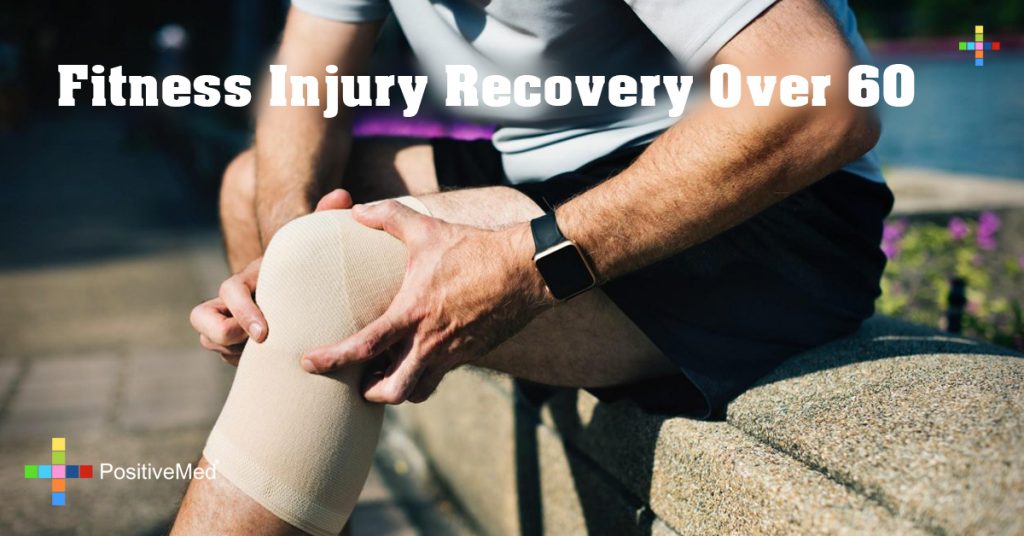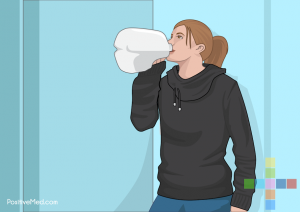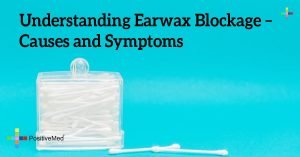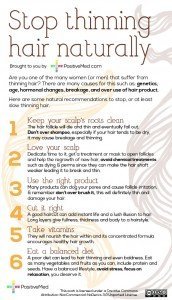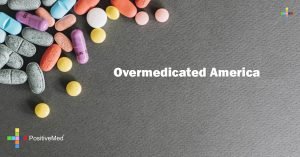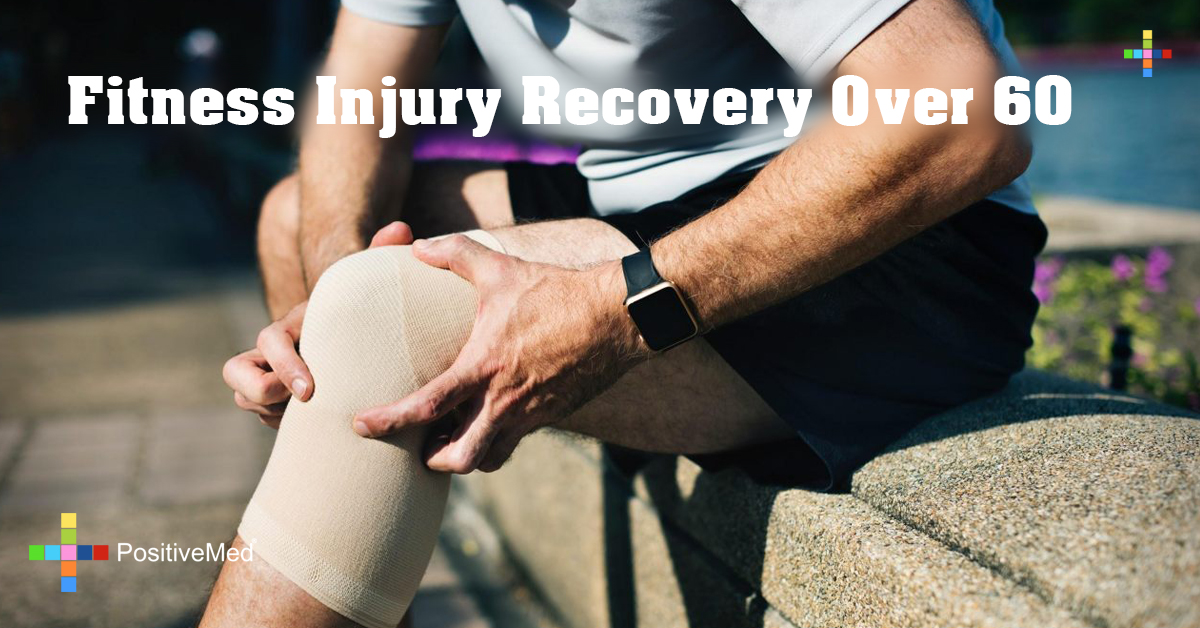
Older adults who exercise regularly are 13 percent less likely to become physically disabled, and they also recover 25 percent more quickly from such a disability. This study defined “exercise” as walking 2.5 hours a week and “disabled” as the inability to walk a quarter of a mile. Avoiding a disability is often a key to preserving independence, and that possibility motivates most older folks to walk more.
Physical exercise also increases the chances of a fitness injury, such as knee bursitis. Athletes are one of the most at-risk groups for this injury, which usually develops in the bursa sack near the kneecap. When the bursa is damaged, usually by wear and tear, it cannot absorb as much shock, causing inflammation and pain.
Like most fitness injuries, knee bursitis is quite painful but also quite easy to treat.
Injury Recovery
In injury recovery, the first few days are critical, because this is the time period when the injured area is weakest and also the best window for recovery. The PRICE method usually works not only for knee bursitis, but also for muscle sprains, pulls, and strains.
-
Protection: Use a support, brace, or other such device to protect the injured area and immobilize it to the greatest extent possible.
-
Rest: Some cross training may be appropriate, like swimming or biking. But for the most part, do not use the muscle at all, as it needs complete rest. That probably means crutches for knee injuries.
-
Ice: Cold relieves pain and decreases inflammation. Since you need to ice the area for about twenty minutes at a time, make sure your ice pack stays almost freezer cold for that long.
-
Compression: This component both supports the area while the muscle recovers and also decreases swelling. A tightly-wrapped ACE bandage will probably suffice, but compression therapy braces are even better.
-
Elevation: Lift the injured area above your heart. If you have a leg injury, have lots and lots of pillows handy.
Notice how pain pills are usually not part of the recovery regimen. While analgesic pain relievers, like Motrin, or non-steroidal anti-inflammatory drugs (NSAIDs), like Aspercreme, are probably okay, try to stay away from prescription pain pills. They are very addictive and also create a false impression of a recovery, because even if you “feel fine” while on pain pills, the injured area may not be ready to go.
Advanced Recovery
If the injury is not significantly better after the first couple of days, the PRICE method will still work, but it may need a little help. Some people respond well to:
-
Physical Therapy: A massage and/or a few basic range of motion exercises usually speed injury recovery.
-
Injections: Steroids reduce inflammation and may decrease pain as well, thus improving physical therapy results. Most people can have only two or three steroid injections a year, as there are often significant side effects.
Surgery may be an option in a few extreme cases, such as badly broken bones.
Like any other self-improvement project, there are risks associated with physical exercise. And, as in most other cases, the probable benefits significantly outweigh the possible risks.

